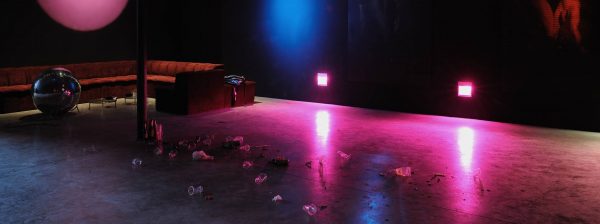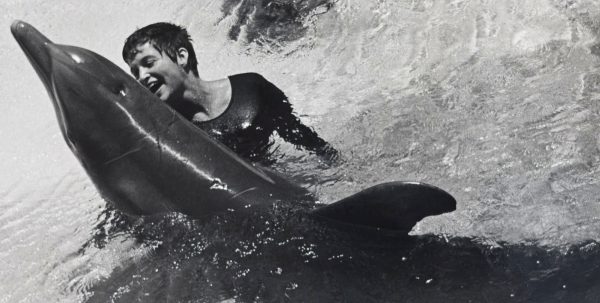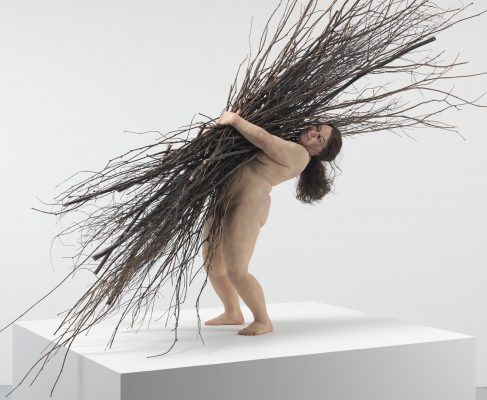Michael Elmgreen and Ingar Dragset are among the most innovative, subversive and wickedly funny contemporary artists at work, or play, in the world. Relentlessly anti-dogmatic, their sculptures, installations and performances challenge conventional wisdoms about the presentation and appreciation of art. From converting London’s Victoria Miro Gallery into a nightclub to building a replica (but nonetheless well-stocked) Prada boutique in the American desert, Elmgreen & Dragset have consistently sought to make us reappraise our expectations of what art should have as its aims, and the means by which it should achieve them.
It is of particular note that, at a time when so many feel so alienated by the perceived tendency among some contemporary artists towards wilful obscurantism and self-referential indulgence, Elmgreen & Dragset are no idle provocateurs. Among the most admirable qualities of their oeuvre is its inclusivity, its determination to poke fun not at the audience but rather at the pretensions, hypocrisies and pomposity of the art market. Their work is conceived as a challenge to established institutions, as is made explicit in the title of their successful proposal for Trafalgar Square’s Fourth Plinth, the latest in a series of works entitled Powerless Structures. Nowhere is their unique combination of social critique, deconstructive impulse and humour more elegantly expressly than in the bathetic, Napoleonic attitude assumed by this cherubic golden boy urging his rocking horse onto victory.
The interview was conducted by Nicholas Shorvon and Ben Hunter, two artists who have worked in collaboration since 2008. Shorvon & Hunter’s wide-ranging practice encompasses installation, video, photography, sculpture and drawing. They are currently working alongside The Justin Campaign on a project tackling homophobia in football.




